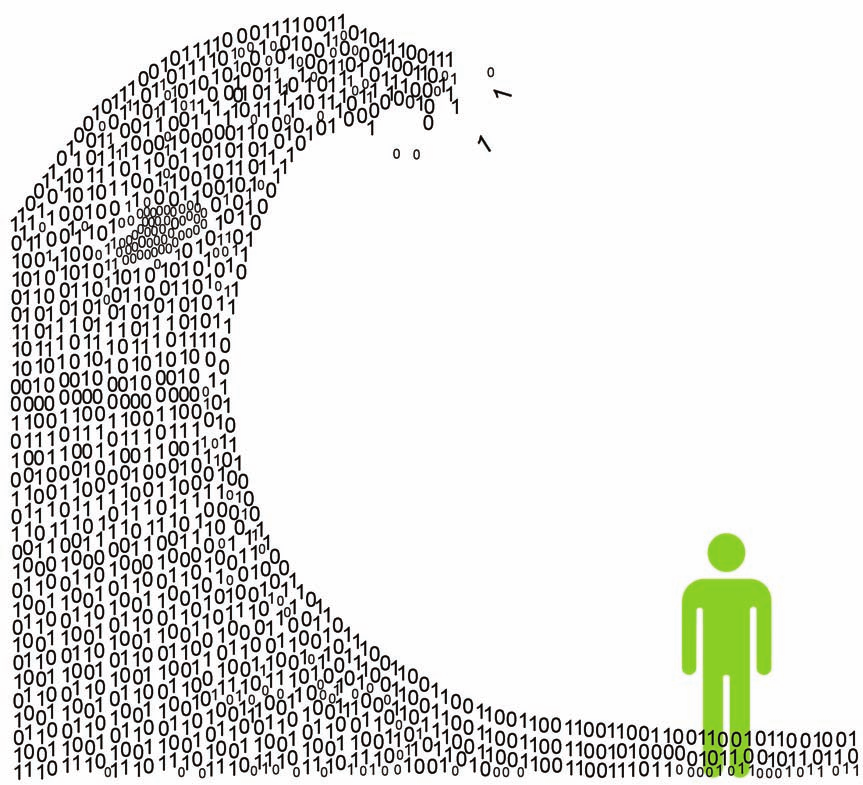I propose we conduct a session for Collaborative Design of flyers, posters and document templates to support the Meshnet Project.
Motivation¶
In the context of Meshnet, we have made considerable progress in a short period of time. Last week we have set up our first mesh local at opendrops, serving a hand chosen p2p applications and more importantly, providing a platform for people to use any p2p application to interact with each other. There are more potential mesh locals, that can be hosted by our volunteers, that are currently inactive. Everything is going according to the Action Plan we drafted. Our next step is crucial in engaging the people. We need to put up posters around the mesh local and distribute flyers to seek the attention of the audience; to make some noise.
Infographics: What and Why?¶
There’s something almost quite magical about visual information. It’s effortless. It literally pours in. If you’re navigating a dense information jungle, coming across a beautiful graphic or lovely data visualization is a relief. It’s like coming across a clearing in the jungle. ~David McCandless

Definition¶
Formally,
A visualization of data or ideas that tries to convey complex information to an audience in a manner that can be quickly consumed and easily understood.
Informally,
An infographic (short for information graphic) is a type of picture that blends data with design, helping individuals and organizations concisely communicate messages to their audience.
Types of information¶
- Statistics
- Ideas —concepts, theories, ideology
- Process
- Chronology—history, order of events, timelines, schedules
- Geography—locations, metrics by region
- Anatomy—ingredients, components, lists
- Hierarchy
- Relationships—internal, external, people
Why a session?¶
We could discuss this over chat or call for contributions in the mailing list. But there is nothing more inspiring than meeting each other physically, watching others work, helping them and learning from them. This isn’t sustainable. We cannot meet every weekend to do this. But it creates a spark that is necessary to keep people involved over the coming weeks.
How do we go about doing this?¶
First of all, your suggestions are welcome. There are experienced people in the group who understand how a human mind works in a group. Assuming that one in three people are familiar with Inkscape, this is what I propose.
- We distribute a 1 page text on Mesh network for naive audience, to get them started
- We let them form small teams and discuss for a while (3 or 4 teams)
- The objective of each team is to come up with a story about meshnet that will interest the audience
- Write this story in the form text and images in Inkscape
- Present it to others
- Edit, combine stories and fine tune the images
Ideas¶
- Timeline graphic of the origin of internet to its current state; Ref design
- Map of Meshnets around the globe; Ref design
- Meshnet Domains and Teams; Ref design by Neo AI
- Internet Users, Centralized and Decentralized systems
- Tip of the Iceberg graphic (Tip : applications like fb, twitter; Below : ISP owned infrastructure); ref design
- Milestones as a timeline
- Tree of Internet; Leaves as applications; Roots as infrastructure; Deep rooted evil; Need for planting new seed of P2P; Ref design

